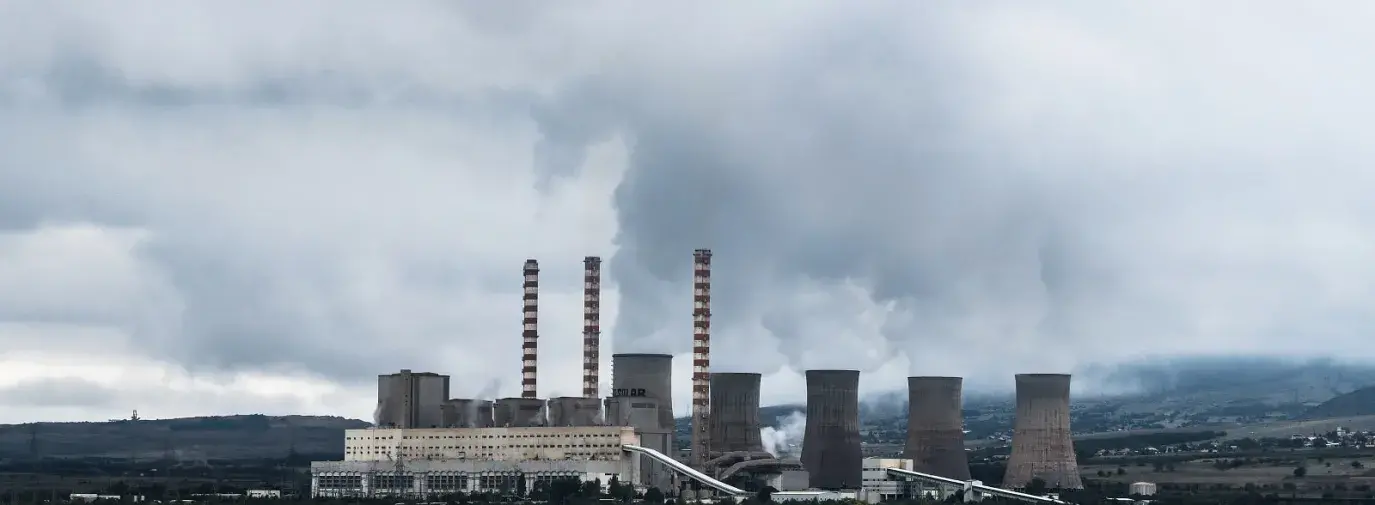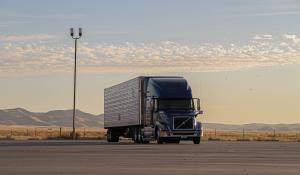
The chart below explains where our energy comes from and what each type’s impacts are on people and the environment. Energy sources in red or yellow have significant environmental and social problems, while sources in green are key to a green energy future. Almost all types of energy generation end up doing the same thing: they turn the arm of a generator that moves strong magnets around copper coils. Copper atoms have particularly “loose” electrons, and inside generators, the steady rotation of strong magnets pumps out a flow of electrons: electricity.
|
Type of Power Source
|
How It Works
|
Eco-impact
|
| Coal-fired Power Plants | Coal is burned to heat water, which makes steam. The steam turns a turbine, which powers a generator. | Burning coal emits massive quantities of greenhouse gases and leaves toxic mercury in the air and water. The mining of coal is unhealthy and dangerous work, and mountain-top removal mining is destroying ecosystems and communities in Appalachia. |
| Nuclear Power | Radioactive uranium heats huge tanks of water. (Precisely “fired” neutron particles cause atoms of uranium-235 to split apart, and this “fission” releases enormous heat and radiation. Every fission reaction in a reactor releases a neutron that causes another fission reaction.) The hot water generates steam, and the steam turns a turbine which powers a generator.
|
Nuclear power does not produce greenhouse gas emissions or other pollution. It does use massive quantities of water, and releasing the warmed water damages ecosystems and wildlife. Nuclear power creates radioactive waste that is dangerous to people and living things for millions of years. It also creates dangerous targets for terrorists and contributes to the proliferation of nuclear materials for terrible weapons. |
| Petroleum or Natural Gas | These fuels are burned to heat water, whose steam turns a turbine that powers a generator. When energy is in high demand, some power plants don’t just burn natural gas to heat water to make steam – they burn natural gas directly to generate vapors that turn turbines that generate electricity. This kind of natural gas power can be quickly dialed up and down to respond to fluctuating demand. | Burning petroleum generates nitrogen oxides and carbon dioxide, and burning natural gas releases these same chemicals in lower quantities. The burning and transporting of natural gas can emit methane, a potent greenhouse gas. The extraction of oil and natural gas can disrupt habitats and communities. |
| Biomass | Some power plants burn wood chips or waste products to heat water whose steam turns a turbine that drives a generator. | For biomass, the eco-impact varies widely depending on what is being burned. When municipal solid waste is used to create energy through burning in huge incinerators, MSW plants produce nitrogen oxides, sulfur dioxide, mercury compounds and dioxins. Even when stronger air pollution filters prevent these chemicals from being released into the air, they collect in tons of toxic ash that has to be buried in landfills. |
| Hydropower | Generates electricity when the force of water flowing through a dam turns the blades of a turbine which drive a generator. | Building new dams can be disruptive to ecosystems and habitats, and can intervene in the migration patterns of some fish. New dams have decimated some communities, such as the Three Gorges Dam in China, and dams in Canada and New England have hurt Native American communities. Once built, hydropower is a fairly clean energy source that does not emit greenhouse gases or other pollution. |
| Wind farms | Collections of turbines sense and turn to face the wind. Wind turns the blades of the turbines, and a gear magnifies the rotor’s speed. This shaft’s turning powers a generator. | When sited correctly, wind farms are safe for birds and bats. They can generate completely clean power, emitting no greenhouse gas or other pollution. They have a small on-the-ground “footprint,” leaving the land they are placed on free for agriculture or forest. |
| Solar Power | Photovoltaic panels are made of a semiconductor material such as silicon. When sunlight shines on the silicon, the material absorbs some of the energy, knocking some electrons loose. An electric field concentrates the flow of electrons in a single direction, generating electricity. “Solar farms” —large areas covered with solar panels—function as a power plant, placing power onto the grid for transmission to homes and businesses. | Once installed, solar panels generate zero-emissions electricity. Though their manufacture can generate some pollutants, including silicon tetrachloride, which should be recycled rather than dumped, a recent study by the Brookhaven National Laboratory found that even when the manufacture of solar cells is taken into account, displacing grid power with solar power results in at least an 89 percent reduction in greenhouse gases and pollutants. |
| Geothermal Power | In some Western states, heat from the center of the earth is used to heat water, which creates steam, which turns a turbine that powers a generator. | Some geothermal power plants release hydrogen sulfide and trace amounts of other pollutants, but overall this is a significant source of cleanly-generated electricity. |
Electricity Production in the United States, August 2007 [DOE]







